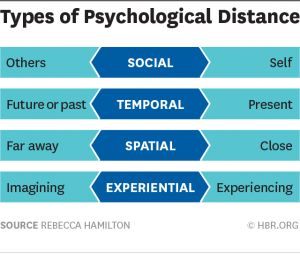In my work as a leadership coach and peer advisory board chair, I am constantly reminded that despite the fact that we are all the same species, with many characteristics in common, we truly do see the world differently.
We expect this to be so when we interact with people who speak a different language than we do. In these situations, most of us have a heightened awareness of our differences and most of us realize we need to pause, think about what the norms are for the other person, think about what we have learned about their culture and modify our interaction and our behavior accordingly. An easy example is how we exchange business cards. In the U.S., we simply toss our card on the table. In Japan, a business card is “presented”; held in two hands and a formal exchange takes place.
Yet, when dealing with people who speak our same language, we often forget to pause. I remember a colleague of mine from the UK saying, “we are two countries, divided by a common language”.
We forget that just because we speak the same language, may even come from the same community, we see the world differently. And the closer a person is to us, the more likely we are to forget. We simply carry on, behave in a manner that comes naturally to us and when it works, it works. And when it doesn’t, we leave a wake. Sometimes we recognize the wake we are leaving and work to repair it; sometimes we don’t see it.
When we are in a leadership position and leave a wake with our folks, it is rare that it is brought to our attention directly. Rather, we learn about the impact we had, from actions and behaviors exhibited by our staff. Often we don’t connect the dots and see that it was our wake that caused the behavior in others that we don’t want to see.
So, what to do? Here are the questions I am asking myself:
- Can I slow down, so that I have this heightened awareness in all conversations?
- Once I notice the conversation is one that requires special attention, like the business card exchange, what do I already know and what do I need to learn about the other person, that will help me handle my delivery in a way that lands as intended?
- When I leave a wake, what do I need to do to clean it up?
Elisa K Spain http://elisaspain.com/leadershipcoach/
Are You a CEO or President of a Privately Held Business? If you are also a lifetime learner and want to learn more about my Vistage Group, click http://elisaspain.com/impact/

 The initial results of my Pivot are excellent. I feel I have much greater clarity regarding the next 3-5 years..
The initial results of my Pivot are excellent. I feel I have much greater clarity regarding the next 3-5 years.. 